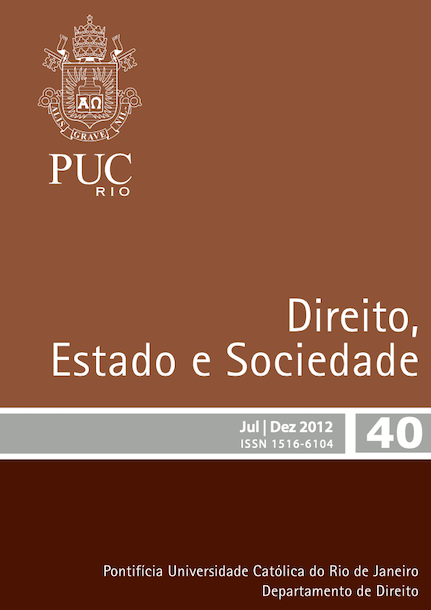How much a theory of law can tell us about the nature of morality: a response to Mark Greenberg's How facts make law
DOI:
https://doi.org/10.17808/des.40.168Palavras-chave:
legal content, moral objectivism, law and morality, anti-positivism, natural law, legal positivism, metaethics, moral facts, normativity, Dworkin, Greenberg, Hart, Himma, determinants of legal content, criteria of legalityResumo
In his outstanding paper "How Facts Make Law," Mark Greenberg argues for the antipositivist claim that descriptive facts about certain social practices are not the only necessary determinants of legal content; "value facts" - which he is committed to construing as moral facts - are another necessary determinant of legal content. In this essay, I argue that, construed as doing the work Greenberg believes it does in refuting positivism, his conclusion that legal content is not possible without value facts has certain implications about the nature of morality that no purely metaphysical considerations about the relationship between social practices and the content of social norms can plausibly have. In particular, Greenberg's conclusion, together with the obvious (because extremely weak) truth that law is possible, seems to imply moral objectivism - a highly contested view in general ethical theorizing. I take this to be a reductio of his view, as it seems clear that no theory relying on general metaphysical claims about social practices can bear such weight.Downloads
Publicado
Como Citar
Edição
Seção
Licença
A submissão de artigos para publicação na Revista Direito, Estado e Sociedade implica a concordância dos autores com os seguintes termos:
1. O(s) autor(es) autoriza(m) a publicação do texto em número da Revista;
2. O(s) autor(es) asseguram que o texto submetido é original e inédito e que não está em processo de avaliação em outra(s) revista(s);
3. O(s) autor(es) assumem inteira responsabilidade pelas opiniões, ideias e conceitos sustentados nos textos;
4. O(s) autor(es) concedem aos editores o direito de realizar ajustes textuais e de adequação ao padrão de publicação da Revista;
5. Permite-se a reprodução total ou parcial dos trabalhos, desde que explicitamente citada a fonte.













